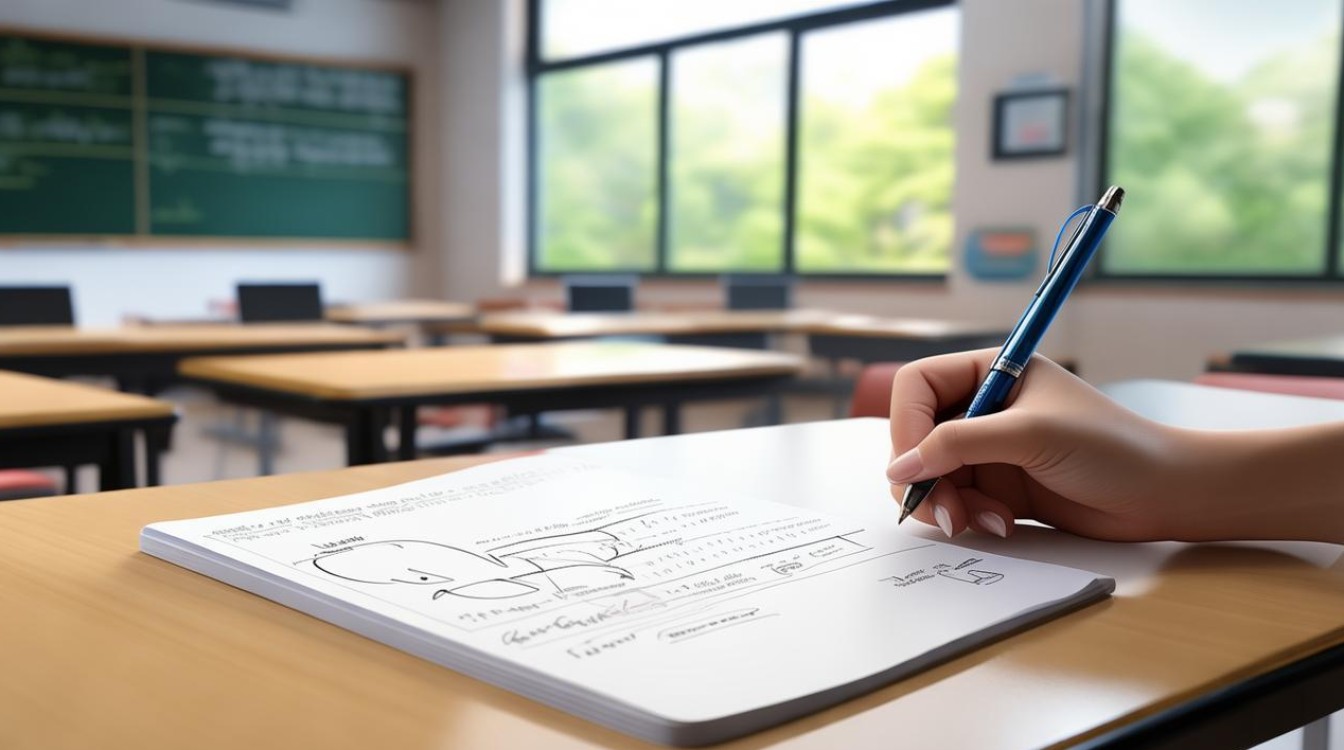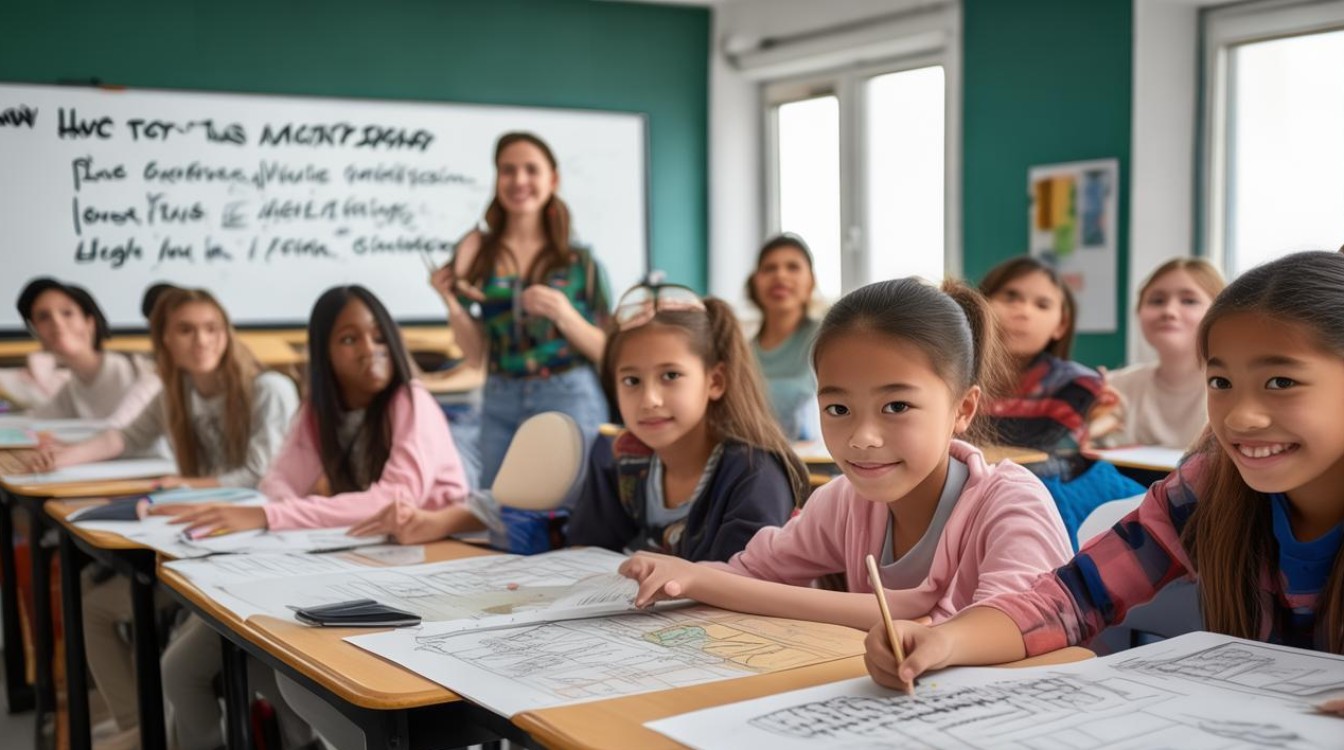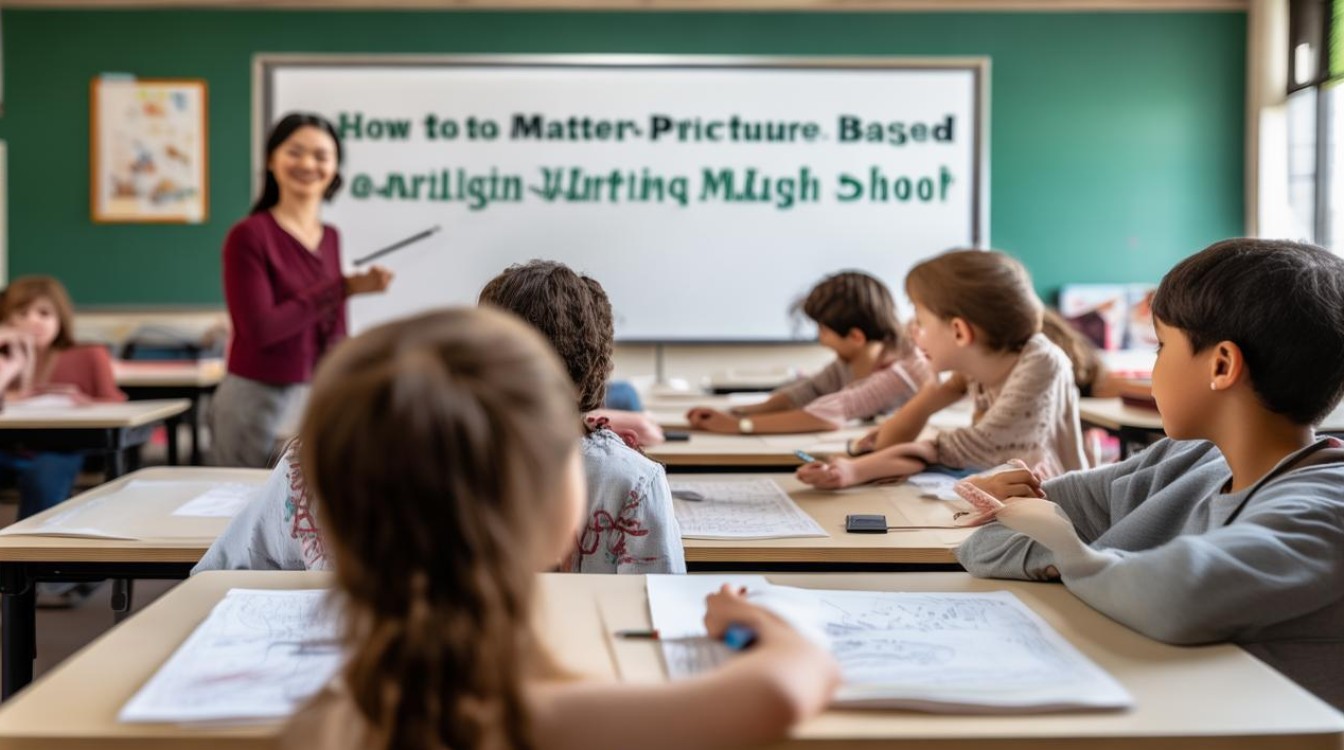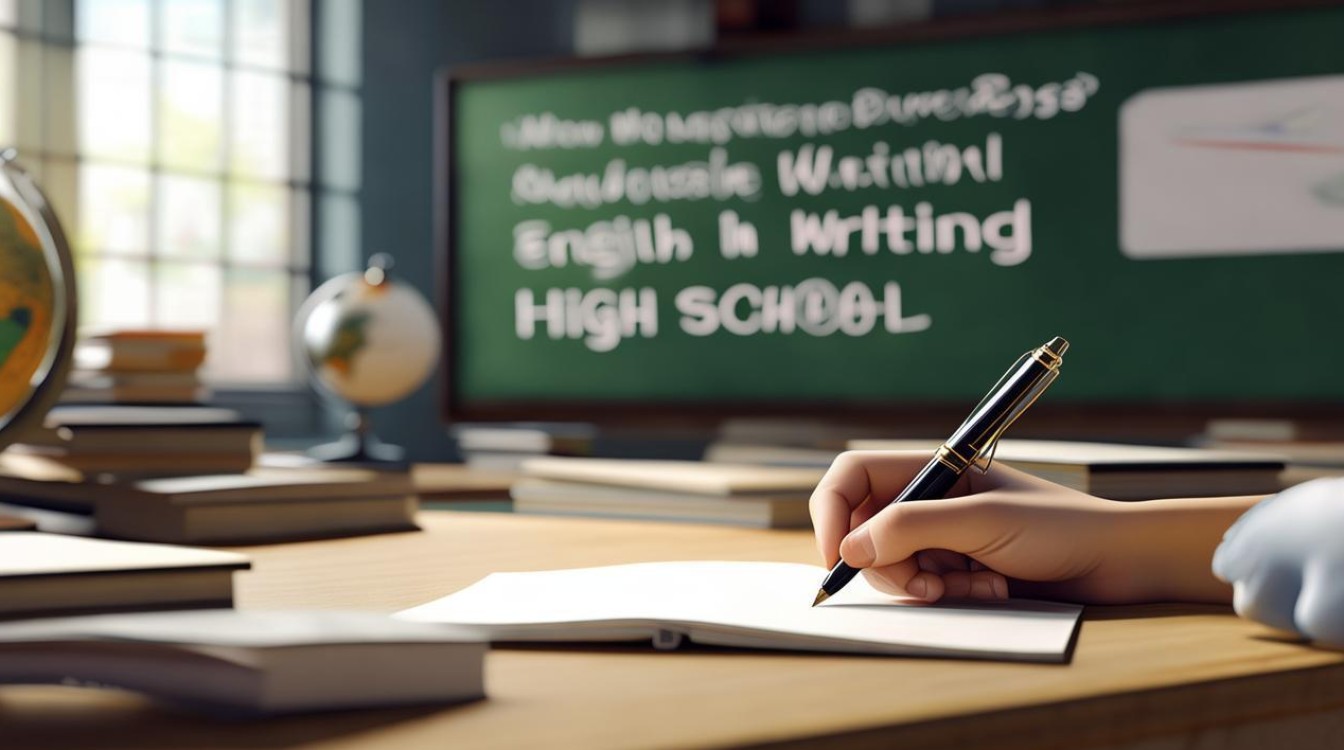Picture-based writing is a common task in high school English exams. It tests students’ ability to observe, interpret, and express ideas clearly. Many find it challenging, but with the right approach, anyone can improve. This guide will break down the process into simple steps while offering practical tips to boost scores.

Step 1: Analyze the Picture Carefully
Before writing, spend at least two minutes studying the image. Look for:
- Key elements (people, objects, actions)
- Emotions or relationships (Are people happy, arguing, working together?)
- Setting (Is it a park, school, or city street?)
- Small details (Weather, time of day, facial expressions)
For example, if the picture shows a boy planting a tree, note his expression (determined? happy?), the tools he’s using, and whether others are helping. These observations will shape your story.
Step 2: Structure Your Essay Properly
A well-organized essay has three parts:

Introduction (1-2 sentences)
Briefly describe the scene. Avoid listing every detail—save those for the body.
Example: "The picture shows a young boy carefully planting a sapling in a sunny park, while a group of friends watches nearby."
Body (3-4 paragraphs)
Expand on the main ideas. Each paragraph should focus on one aspect:
- Paragraph 1: Describe the main action and characters.
- Paragraph 2: Explain possible emotions or motivations.
- Paragraph 3: Discuss the broader message (e.g., teamwork, environmental care).
Conclusion (1-2 sentences)
End with a clear takeaway. Avoid vague statements like "This picture is nice." Instead, try: "The scene highlights how small individual efforts, like planting a tree, can contribute to a greener planet."

Step 3: Use Descriptive Language
Strong vocabulary makes writing stand out. Instead of "The girl is happy," write "The girl beams with excitement as she holds her trophy." Useful phrases include:
- Actions: "bending down," "whispering," "racing toward"
- Emotions: "frustrated," "overjoyed," "deep in thought"
- Settings: "under the blazing sun," "amidst bustling crowds"
Avoid repeating words. If the picture shows rain, alternate between "pouring," "drizzling," and "a downpour."
Step 4: Practice Common Themes
Many pictures revolve around predictable topics. Prepare phrases for these in advance:

- Environment: "reduce waste," "protect wildlife," "sustainable habits"
- School life: "team project," "overcoming challenges," "friendship"
- Social issues: "helping the elderly," "community service," "kindness"
Step 5: Avoid Common Mistakes
Students often lose points for:
- Irrelevant details: Stick to what’s in the picture. Don’t invent unrealistic backstories.
- Grammar errors: Double-check verb tenses (usually present continuous for actions: "is walking," "are laughing").
- Weak endings: The conclusion should link back to the picture’s message.
Final Tips for High Scores
- Read sample essays: Analyze high-scoring responses to understand what examiners like.
- Time yourself: Practice writing in 15-20 minutes to build speed.
- Ask for feedback: A teacher or fluent peer can spot errors you might miss.
Picture-based writing doesn’t have to be stressful. With observation skills, a clear structure, and vivid language, students can turn a simple image into a high-scoring essay. The key is practice—every picture is a new opportunity to refine technique.



